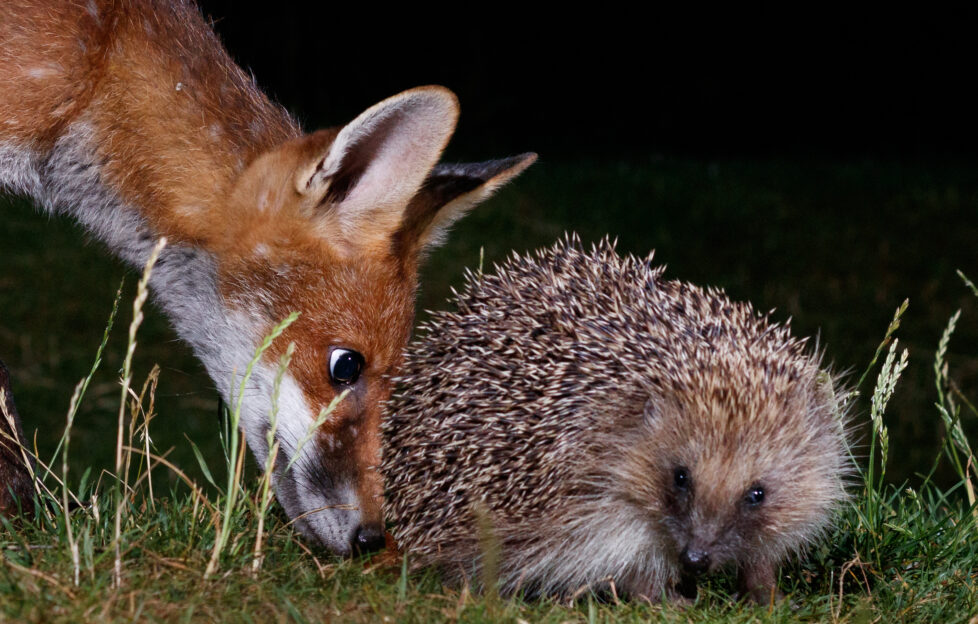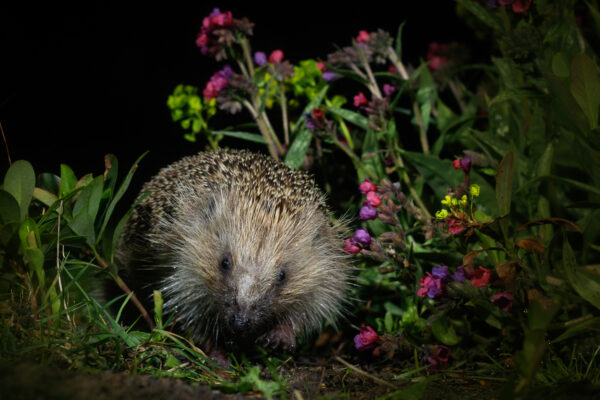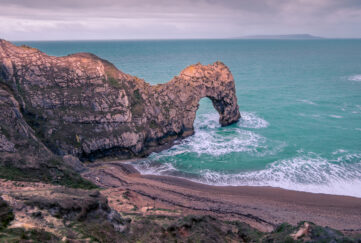Capturing Wildlife In Action

As it’s Garden Wildlife Week (June 6-12), we thought we’d revisit Bill Gibb’s interview with Ola Maddams. She loves nothing better than capturing wildlife in action in her own garden.
Natural World Never Sleeps
As we slip into bed at the end of a long day, we’re saying farewell to our world for a few restful hours.
But the natural world never sleeps. And amateur photographer Ola Maddams has the stunning pictures to prove it.
Each night she sets up a camera in the garden of her Buckinghamshire home, often waking to incredible images of the wildlife that has wandered in under cover of darkness.
She has amassed a quite remarkable portfolio of photographs. In particular, foxes and hedgehogs living the nocturnal lives we so rarely glimpse.
And in the case of hedgehogs, she says her pictures can act as a reminder of what we can all do to help these lovely little creatures.

Picture courtesy of Ola Maddams.
Ola has had a lifelong love of the natural world, something she puts down to the influence of her grandfather.
“He was a huge nature lover,” said Ola. “He would always be rescuing birds and feeding stray cats.
“When I was a child he would take me for walks in the wood, teaching me different bird calls.”
Lifelong Passion
Ola’s passion for capturing the wildlife she saw photographically came with safari trips with husband Chris. A couple of them were to the vast Masai Mara Game Reserve in Kenya where she had close encounters with lions, leopards, elephants and numerous other wild creatures.
“We were doing walking safaris and it was like feeling alive for the very first time,” said Ola. “You are right on the ground where you can be attacked, and everything scares you.
“Your mind can’t drift anywhere, you have to be in the present. There were no roads and the only people you could see were those in your group.
“It felt like Earth thousands of years ago. Just the natural landscape and the wild animals. I really loved it.”
Ola took plenty pictures while on safari and felt withdrawal symptoms on her return. So, she started taking her camera with her everywhere so she never missed a wildlife shot.
And she kept honing her photographic skills, learning the best shutter speeds and aperture settings so she captured the very best images of the wildlife she came across.
It’s something she still does on her regular walks in the woods during lunchbreaks from her job in marketing.
But the nocturnal photography started after she and Chris moved into their present home in Amersham and had a garden for the first time.
Crazy About Hedgehogs
“We had a hedgehog that would come and go and we wondered what it, and anything else, was doing at night,” explained Ola.
“So, we got an infra-red camera that switches on when there is movement and when we saw the recordings. We realised that we had foxes, and cats, coming in as well as the hedgehogs.
“Chris and I are actually crazy about hedgehogs and we were fascinated to watch what the were doing. They are so rare and when you have them in your garden it feels like a privilege and that you are somehow responsible for them.”

Picture courtesy of Ola Maddams.
Capturing Wildlife
Having seen the night vision footage, Ola had the idea of seeing whether she could use her camera skills to get proper close-up photographs.
Despite her talents it was far from easy, and patience and trial and error were very much the name of the game.
“It really didn’t work out well at all at first,” said Ola. “You are setting up the camera with flash and a motion sensor in a fixed position with a pre-set focus. So, you have to try and predict where the animal is going to be.
“I’d have a vision of a fox standing in a certain spot, looking a particular way and actually end up with the fox’s backside, or just its tail as it leaves the scene.
“Most nights, I’d get no good shots at all. And it’s even harder when it’s wet as the glass fogs up.”
Nocturnal Visits
But Ola persevered, adjusting positions and settings, and using her infra-red camera to study the animals’ patterns as they made their nocturnal visits.
She also realised that the clicking noise of the camera shutter was spooking the animals, so she muted that with a sound-absorbing foam. And, to ensure the flashes cause no distress, she lowers the power level and places them above eye level.
When it all works and she comes down in the morning to find she has got the desired shot, she says there is no better feeling.
“It’s like winning the lottery,” smiles Ola. “You are working with really fussy models who often don’t play ball.
“When you put your camera in place, you have to give a fox a few days to get used to it and realise it’s not dangerous.
“There is so much work and so much disappointment that seeing you have got the image really is like Christmas for me. It’s the dream start to my day, and you get hooked on that feeling.”
Ola sets her camera up most nights, only leaving it when it’s really foggy as she knows conditions will be too poor. She even perseveres on rainy nights.
“There is one specific shot I’m still after,” said Ola. “I would love to photograph a fox in the rain, with the flash set behind it so it illuminates the raindrops. I’ve taken a few shots but none that I’m really happy with.”
Garden Wildlife Week
Ola gets to know her visitors, especially the hedgehogs which are easier to identify. In fact, she knows a couple so well she has even given them names, George and Hercules.
Ola has strayed from her back garden for some of her shots, with similar camera set-ups in local woods yielding shots of deer and badgers.
She has been a long-time fan of natural photography exhibitions and is hoping to enter some of her remarkable images.
But regardless, nothing will ever beat that early morning feeling of finding she has immortalised one of her night-time visitors forever.
Ola is particularly passionate about hedgehogs. She says we can all do our bit for these rare and beautiful little animals by making our gardens friendlier for our visitors.
“We need to make sure our gardens are not too manicured,” said Ola. “Leave parts of it unattended. Let the grass grow and don’t sweep up all the leaves.
“Hedges are really important, too, as they give them somewhere to hibernate or just to hide.
“And you need to have gaps in fences to create corridors between gardens. Hedgehogs need a lot of space if they are to feed naturally.”
See more amazing pics on the “Friend” website.





